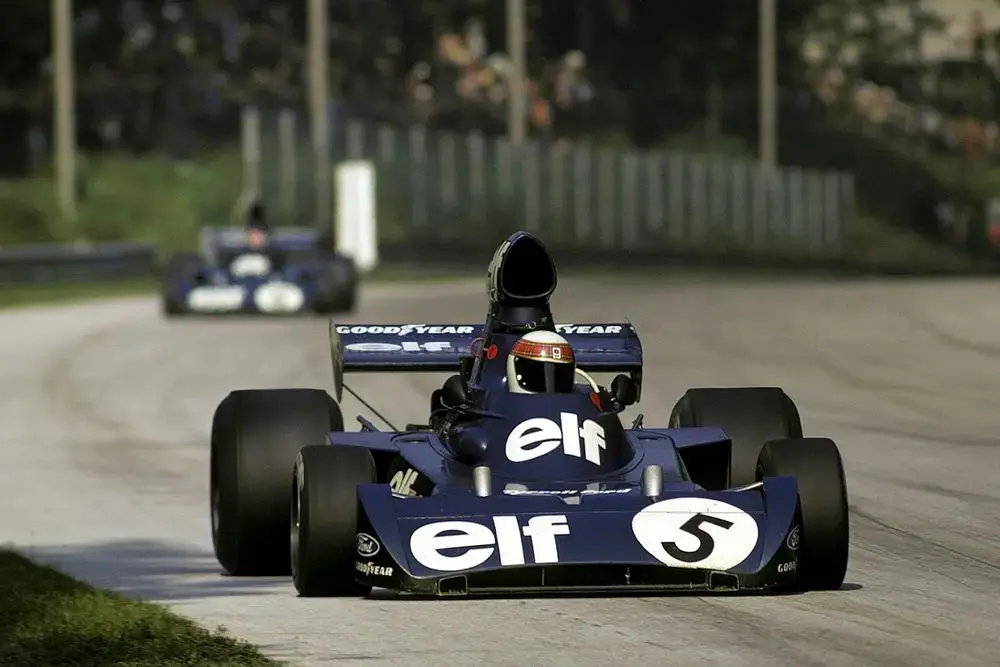
Brand History, from 1960 and facts today: We Have Been Engineered To Power Success
The Legacy of Innovation : ELF Sportsbikes
Some Clue Events of the Brand
Elf, a brand synonymous with excellence in the world of motorcycle racing, has etched its name in history through a series of remarkable successes and innovations that revolutionized the sport. Here are the pivotal moments that have marked its iconic journey:
1974
A major turning point occurs when Phil Read clinches the world title in the premier 500cc category. This victory extends beyond triumph on the track; it signifies ELF's entry into the international motorcycle racing arena.
1980s
The decade sees ELF establish itself as a key innovator. The ELF E, launched in 1981, participates in all World Endurance Championship events until the end of 1983, despite technical challenges, showcasing ELF's determination to push its boundaries.
1984
Ron Haslam's commitment to the team marks a period of realization of development efforts. Steering the ELF 3, powered by a Honda NS500 GP engine, Haslam scores points early in the 1986 season, highlighting the potential of ELF's technological partnerships.
1986
The ELF-R, designed to break records, surpasses 200 mph at Nardo in Italy and sets six world speed records. This feat illustrates ELF's relentless pursuit of excellence in performance and design.
1990s and Beyond
ELF continues to strengthen its legacy by sponsoring teams and riders, solidifying its presence in prestigious competitions such as the World Superbike and MotoGP. The brand is synonymous with passion, innovation, and success, leaving a lasting influence on motorcycle racing.
ELF - A Brand of Legends
EXPERTISE
ELF maintains the image of a competitive, effective and expert brand through constant technological innovation.
PASSION
ELF is emotion, a brand of success, victory and winners with its commitments in motorsports.
From Oil Company to Designing Racing Motorcycles
The Moto Lubricant Specialist









